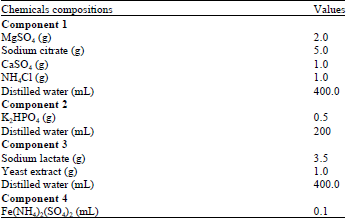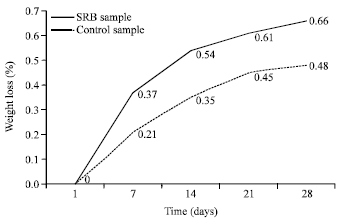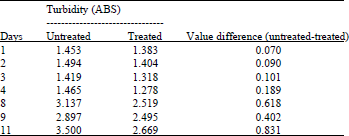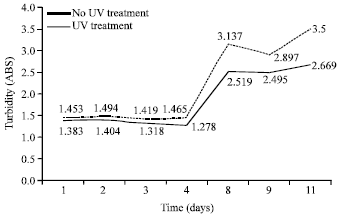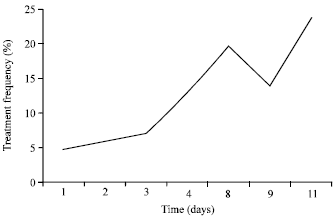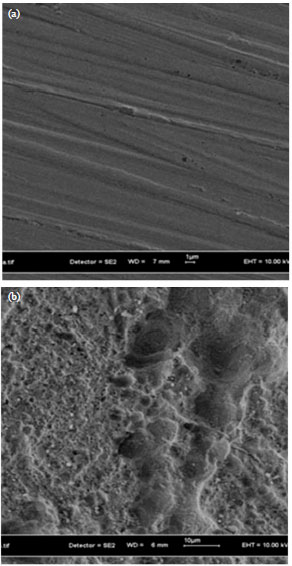Research Article
Disinfection of Sulfate Reducing Bacteria using Ultraviolet Treatment in Mitigating Microbiologically Influenced Corrosion
Faculty of Civil Engineering, Universiti Teknologi Malaysia, Skudai, Johor, 81310, Malaysia
Norhazilan Noor
Faculty of Civil Engineering, Universiti Teknologi Malaysia, Skudai, Johor, 81310, Malaysia
Nordin Yahaya
Faculty of Civil Engineering, Universiti Teknologi Malaysia, Skudai, Johor, 81310, Malaysia
Rosilawati Mohd Rasol
Faculty of Civil Engineering, Universiti Teknologi Malaysia, Skudai, Johor, 81310, Malaysia
Muhammad Khairool Fahmy
Faculty of Civil Engineering, Universiti Teknologi Malaysia, Skudai, Johor, 81310, Malaysia
Siti Nor Fariza
Faculty of Civil Engineering, Universiti Teknologi Malaysia, Skudai, Johor, 81310, Malaysia
Ahmad Safuan A. Rashid
Faculty of Civil Engineering, Universiti Teknologi Malaysia, Skudai, Johor, 81310, Malaysia









